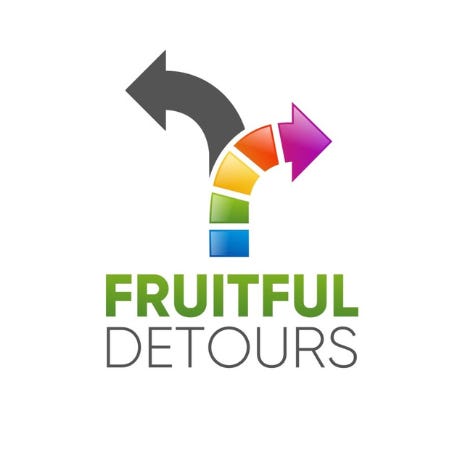Valuing Uncertainty
A Path to Easing Anxiety
Have you ever found yourself checking your phone every few minutes for an update that never comes? Or lying awake at night, mind darting to one “what if” after another? For many people with anxiety, not knowing what will happen next is one of the hardest parts of life.
Life is full of change and unpredictability. When uncertainty shows up, anxiety often follows—bringing racing thoughts, sweaty palms, muscle tension, trouble concentrating, and a tendency to catastrophize — jumping to the worst possible outcome.
One effective way to manage this kind of anxiety is to develop tolerance for uncertainty—and even learn to value it. That shift can have surprising benefits: sparking creativity, building resilience, fostering openness, and encouraging new learning. In psychology, we call this improving psychological flexibility.
If you struggle in this area, the strategies below can help. But if anxiety is seriously affecting your daily life, please also reach out to a mental health professional.
Keep an Uncertainty Journal
Why it works: Writing down your experiences helps you step back and observe them, instead of being swept away by them. This builds awareness and reduces the power of anxious thoughts.
How to do it:
Every time you notice anxiety about something uncertain, jot down:
• The situation
• Your thoughts (“I’ll mess this up,” “Something bad will happen”)
• Your feelings (fear, worry, restlessness)
• What you can control in the situation
This simple shift—separating what’s in your control from what isn’t—can reframe your approach.
Analyze Your Journal
Why it works: Identifying patterns helps you see that uncertainty isn’t always dangerous and feared outcomes often don’t happen.
After you’ve collected several entries, look for patterns:
• What do you fear will happen?
• Has this actually happened before? If so, how did it turn out?
• How often do your worst fears come true?
Many people are surprised to find the feared outcome almost never happens.
Exposure
Why it works: Repeated, manageable exposure creates habituation — the idea that negative responses are reduced over time as your brain learns that uncertainty isn’t dangerous.
Start small:
• Drive home on a new route without using GPS or a map.
• Attend a group or event where you don’t know anyone.
• Delay looking up an answer online for 15–60 minutes.
Before you start, rate your discomfort from 1–10. Do it again after the activity and notice any change.
Bonus tip: Whenever uncertainty shows up, ask yourself: “What am I curious about here?” Curiosity shifts the focus from fear to possibility.
Reframing with Values
Why it works: Values give you a stable anchor when circumstances feel shaky.
1. Write down your core values (examples: Independence, Integrity, Joy, Justice, Kindness, Learning, Love).
2. When uncertainty arises, ask: “Will this situation change my values?”
3. Often, you’ll find that while outcomes are unclear, your values remain untouched—and that can make uncertainty less intimidating.
Tracking Progress
After a few weeks, reflect on:
• Have you developed more ideas or possibilities in uncertain situations?
• Are you reacting differently—less catastrophizing, more openness?
• Are you feeling calmer overall?
Writing down these changes can reinforce your progress and keep you motivated.
Give It a Try
Uncertainty is part of being human. But it doesn’t have to be the enemy. By practicing these strategies, you can transform the unknown from a trigger for anxiety into an opportunity for growth.
And remember: you don’t have to do this alone. If uncertainty and anxiety feel overwhelming, a qualified mental health professional can help you build these skills in a safe, supportive way.




Glad to hear it. Sending lots of love your way.
Thanks, Bob! I needed this post - helpful.